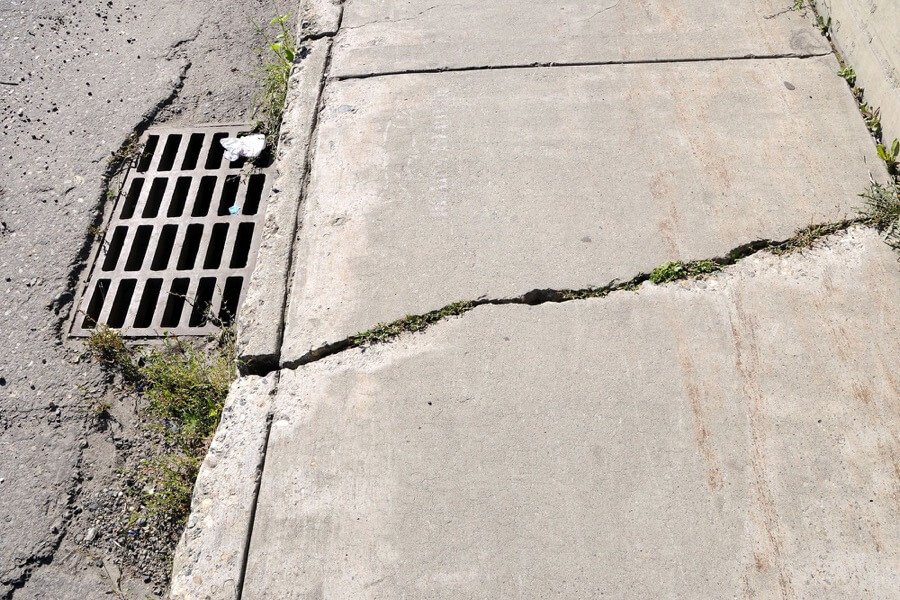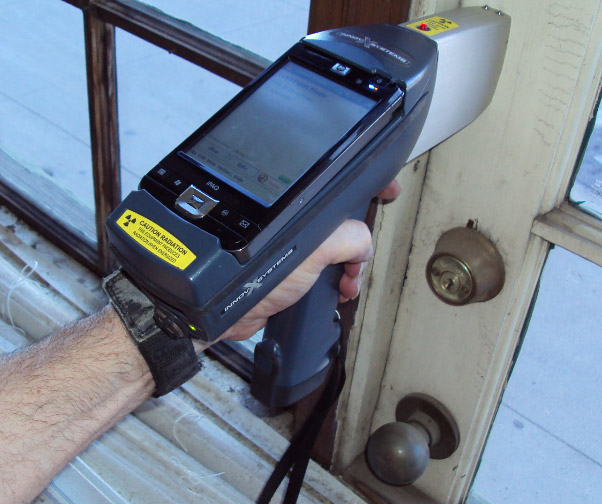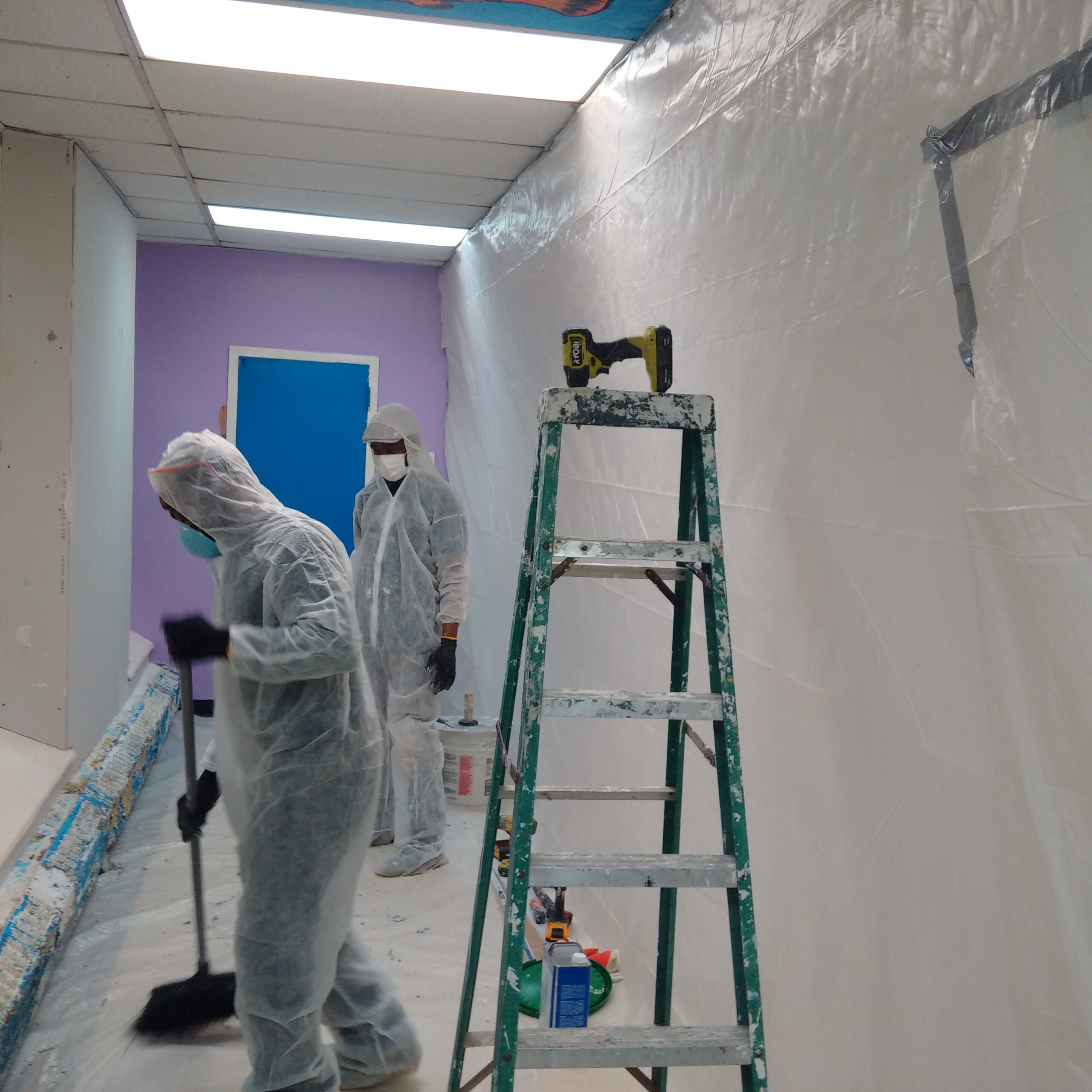Comprehensive Overview on Effective Lead Violation Removal Techniques
In the world of ecological safety and security, attending to lead violations demands a careful and organized approach. This detailed overview begins by highlighting the crucial preliminary actions of recognizing lead threats through innovative assessment and screening approaches. The guide clarifies on the significance of adhering to rigorous security methods during the elimination procedure, including the use of appropriate PPE and isolating affected areas.
Identifying Lead Threats
Identifying lead dangers is a critical primary step in reducing the dangers connected with lead direct exposure. Lead, a toxic steel, can be existing in numerous environmental mediums, consisting of paint, soil, water, and dirt. It poses severe health and wellness threats, specifically to children and expecting females, leading to neurological damage and developing hold-ups. Therefore, exact identification of prospective lead resources is important for reliable removal.
The first phase in recognizing lead risks involves comprehending typical lead resources within the constructed environment. Structures constructed before 1978 are particularly at risk because of the widespread use lead-based paint throughout that period. Furthermore, soil contamination can take place from degrading outside paint, industrial exhausts, or historical usage of leaded gas.
One more considerable resource is lead piping and pipes components, which can leach introduce drinking water. Consumer products such as toys, porcelains, and imported items may additionally contain hazardous lead levels. Notably, work atmospheres and pastimes involving lead can track impurities right into homes.
Analysis and Screening
When addressing lead hazards, efficient evaluation and testing are paramount. This vital step guarantees the identification and quantification of lead existence, therefore assisting subsequent removal initiatives. Initial assessment typically involves an aesthetic inspection to identify prospective lead sources, such as weakening paint or infected dirt. This is complemented by even more rigorous screening approaches to determine the extent of contamination.

Dust clean tasting is another crucial strategy, specifically in residential setups. By gathering samples from floorings, windowsills, and various other surfaces, this technique gives insights right into prospective direct exposure risks. Additionally, dirt testing around structure borders is necessary to find lead contamination that can present threats, specifically to kids.
Safe Removal Treatments
Upon completing detailed evaluation and testing, carrying out safe elimination procedures is the following vital phase in resolving lead threats. This process guarantees that lead-contaminated materials are effectively and safely eliminated, reducing threat to both workers and citizens. The initial step includes isolating the damaged location using plastic sheeting and appropriate sealing techniques to prevent the spread of lead dirt.
Workers need to don appropriate personal safety equipment (PPE), consisting of respirators, gloves, and disposable coveralls, to reduce exposure. Utilizing specialized devices and wet methods, such as damp sanding or utilizing HEPA-filtered vacuums, decreases the dispersion of lead particles. It is vital to avoid dry fining sand or abrasive blowing up, as these methods can produce harmful lead dust.
Garbage disposal is another vital component; all infected materials have to be firmly landed and classified according to EPA and local policies. In addition, detailed cleansing of the work location with HEPA vacuum cleaners and wet cleaning makes sure the removal of residual lead particles.
Post-Removal Verification

Verification of successful lead removal, referred to as post-removal confirmation, is crucial to make sure the safety and habitability of the remediated location. This process includes a collection of thorough evaluations and examinations designed to find any residual lead bits that might posture health and wellness risks. The official source initial action usually consists of a visual inspection to evaluate the completion and quality of the removal job. This evaluation makes sure that all known sources of lead have been resolved which no noticeable indications of contamination remain.
Complying with the aesthetic assessment, ecological tasting is carried out. This involves collecting dirt, soil, and occasionally water samples from the remediated area. Approved research laboratories assess these examples to gauge lead degrees, ensuring they drop listed below the safety limits established by governing bodies such as the Environmental Defense Company (EPA)
On top of that, air top quality screening may be performed to discover air-borne lead particles, particularly in instances where considerable lead-based paint removal or improvement has taken place. The outcomes of these tests give quantitative data you can look here verifying that the lead levels are within permissible restrictions.
Eventually, post-removal confirmation functions as an important checkpoint, confirming the performance of the lead reduction initiatives and protecting the wellness of residents and visitors.
Safety Nets and Maintenance

An essential safety net includes making use of lead-safe accredited professionals for any type of restoration, fixing, or paint activities. These specialists are learnt practices that reduce lead dust and particles. Additionally, maintaining painted surface areas to prevent chipping or peeling is crucial, as weakening paint can release lead particles right into the atmosphere.
Educational initiatives targeting homeowner and renters pertaining to the dangers of lead and the relevance of reporting any possible dangers can better improve preventative efforts. Routine cleansing using HEPA vacuum cleaners and wet wiping methods can substantially minimize lead dust build-up.
Conclusion
In summary, more efficient lead offense elimination requires a meticulous approach encompassing comprehensive analysis, accurate testing, and rigid removal treatments. Making sure safety via correct isolation and personal protective tools stays vital. Post-removal confirmation via ecological tasting and air top quality testing confirms compliance with well-known safety standards. Moreover, continuous inspections and upkeep are necessary to mitigate future lead risks, consequently guarding public health and wellness and guaranteeing continual conformity with governing requirements.